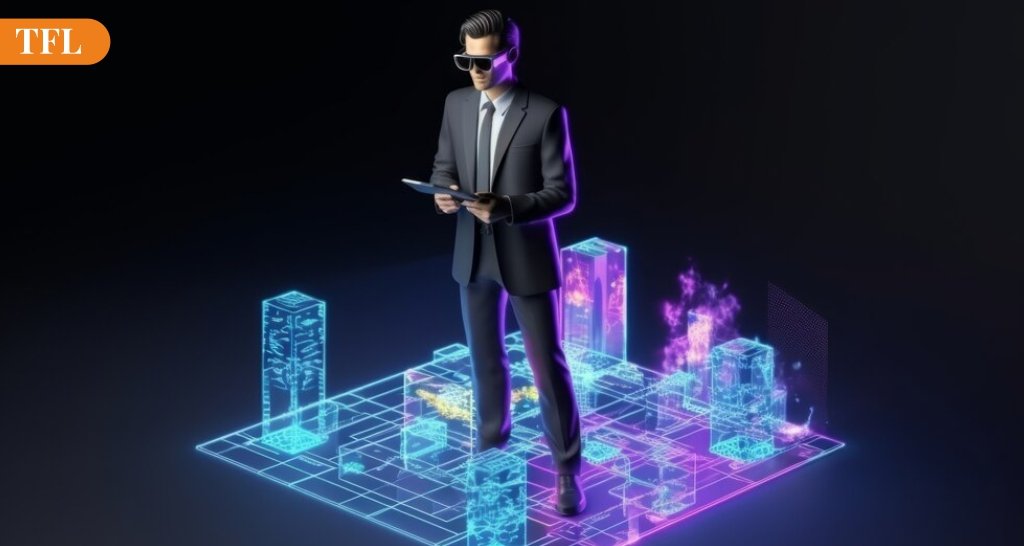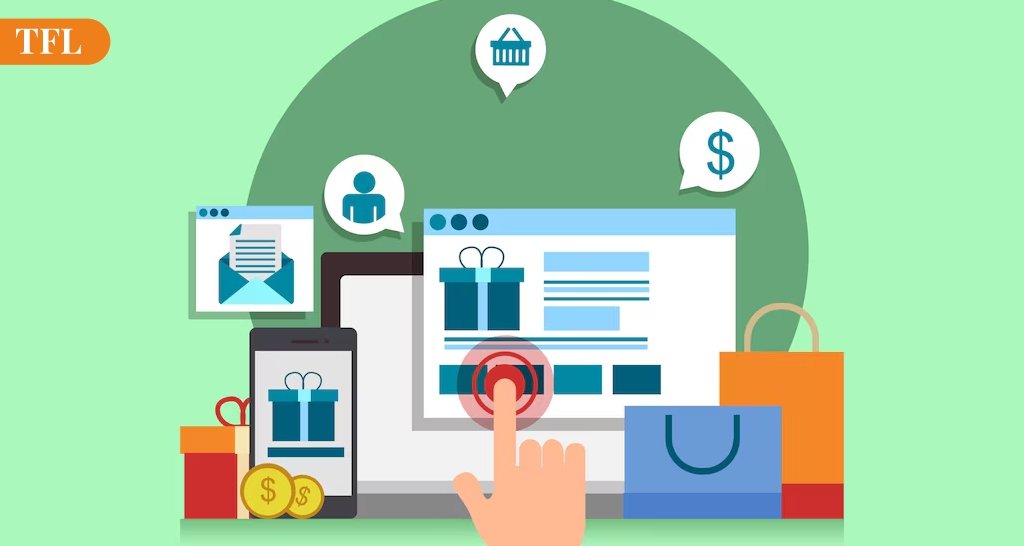The development of Web3 and the metaverse in recent years has been made possible by the confluence of blockchain technology, decentralized apps, and virtual reality. This has had the effect of changing the landscape of corporate operations and prospects. A paradigm change from the previous centralized forms of the internet to decentralized, peer-to-peer network architecture is represented by Web3. When coupled with the metaverse, a virtual realm in which individuals are able to communicate and engage with one another, companies have the potential to grow and succeed that has never been seen before. This article examines the ways in which companies might make use of Web3 and the metaverse to stimulate development and innovation inside their organizations.
Comprehending Web3 and the Advantages It Offers
The term “Web3” refers to an emerging model of internet technology that is founded on the tenets of decentralization, transparency, and trustlessness. It does this by using blockchain technology to make it possible for transactions and interactions to take place directly between users without the need for any third parties. The following is a list of the primary advantages that Web3 offers to companies:
- Enhanced Security: Both transactions and data are encrypted, making it less likely that there would be a data leak or a cyberattack.
- Transparency: The fact that Web3 is decentralized makes it possible to conduct transactions openly and honestly, which fosters trust among users.
- Ownership and Control: Users maintain control over their data as well as their digital assets, which results in improved ownership and privacy.
- Interoperability: Web3’s capacity to promote interoperability across various platforms and applications, which in turn encourages cooperation and integration, is known as interoperability.
Utilizing Blockchain Technology and Digital Contracts
The distributed ledger technology known as blockchain is an essential component of Web3; it records transactions in a way that is both secure and transparent. Transactions may be automated and done without the need for trust when using smart contracts, which are agreements that can execute themselves and have their terms encoded straight into code. The following are some of the business applications for blockchain and smart contracts:
- Supply Chain Management: Utilizing blockchain technology for monitoring and confirming the genuineness of items at every stage of the supply chain.
- Royalty Distribution: Using smart contracts to automate the distribution of royalties to content producers in order to ensure that they are adequately compensated.
- Tokenization of Assets: The process of converting physical assets, such as real estate or artwork, into digital tokens, which enables fractional ownership and opens up more investment options.
- Participating in Decentralized Finance (DeFi): protocols in order to engage in decentralized lending, borrowing, and investing without the need for conventional intermediaries.
Establishing Oneself as a Realm in the Metaverse
The metaverse is a digital, linked environment in which people may communicate with one another, conduct business, and take part in activities. The following are some of the ways in which companies might build a presence in the metaverse:
- Virtual Showrooms and Stores: The process of creating virtual environments to exhibit items and services and allowing users to explore and make purchases inside an immersive environment.
- Hosting Virtual Events and Conferences: In the metaverse, you may host virtual events, seminars, and conferences to connect with a worldwide audience and display your knowledge.
- Developing Branded Virtual Assets: This involves creating branded virtual assets, also known as NFTs (Non-Fungible Tokens), that users may collect, trade, and utilize inside the metaverse in order to encourage brand loyalty.
- Advertising and Sponsorships in the Metaverse: This refers to the practice of engaging in advertising and sponsorships inside the metaverse in order to attract a digitally native audience and increase brand recognition.
Non-Financial Transactions and Digital Collectibles
NFTs, also known as non-fungible tokens, are one-of-a-kind digital assets that can be confirmed using blockchain technology. These assets indicate ownership or evidence of the genuineness of a digital object. Companies may use NFTs for the following:
- Creating Limited Editions: The practice of releasing limited edition digital items or collectibles in the form of NFTs in order to provide a feeling of scarcity and increase the item’s worth.
- Rewarding Customer Loyalty: The practice of issuing NFTs as prizes for customer loyalty programs, with the goals of encouraging repeat business and participation.
- Monetizing Digital Content: By offering an extra income stream for authors and companies by selling non-fungible tokens (NFTs) that provide access to unique digital content.
- Collaborations and relationships: Working together with artists or influencers to develop new forms of content (NFTs) that accurately reflect the brand, cultivating relationships and increasing the scope of one’s audience.
Participation and the Promotion of Community
For a company to be successful in the metaverse and on the Web3, community participation is essential. Engaging with the community and fostering its growth is possible for businesses by:
- Creating Social Virtual Spaces: This involves developing online locations where users may engage in conversation with one another and the company, therefore establishing a feeling of community.
- Community Governance: The practice of including members of the community in decision-making processes by using decentralized governance models to increase trust and transparency.
- Gamification and Incentives: The use of gamification components and the provision of incentives such as tokens or non-fungible tokens in order to encourage engagement and involvement.
- Content Creation and Sharing: Encouraging in user-generated content and sharing within the community to enhance the exposure of the brand and maintain its authenticity.
Conclusion
Businesses have a revolutionary potential to innovate, grow, and connect with a global audience in ways that were not before imaginable thanks to Web3 and the metaverse, which provide this possibility. Businesses have the potential to stimulate development, improve consumer engagement, and pave the path for a decentralized and interconnected digital future if they adopt blockchain technology, create non-fungible tokens (NFTs), and establish a presence in the metaverse. In order for organizations to maintain their competitive edge and position themselves for sustained success, they need to comprehend the changing environment and make adjustments accordingly.








